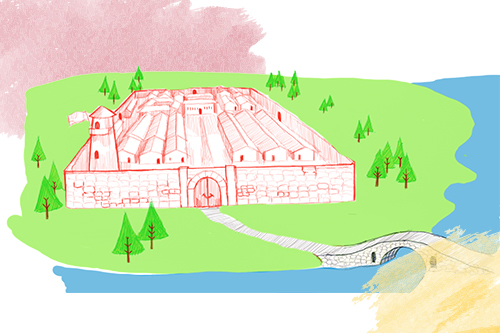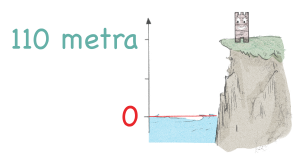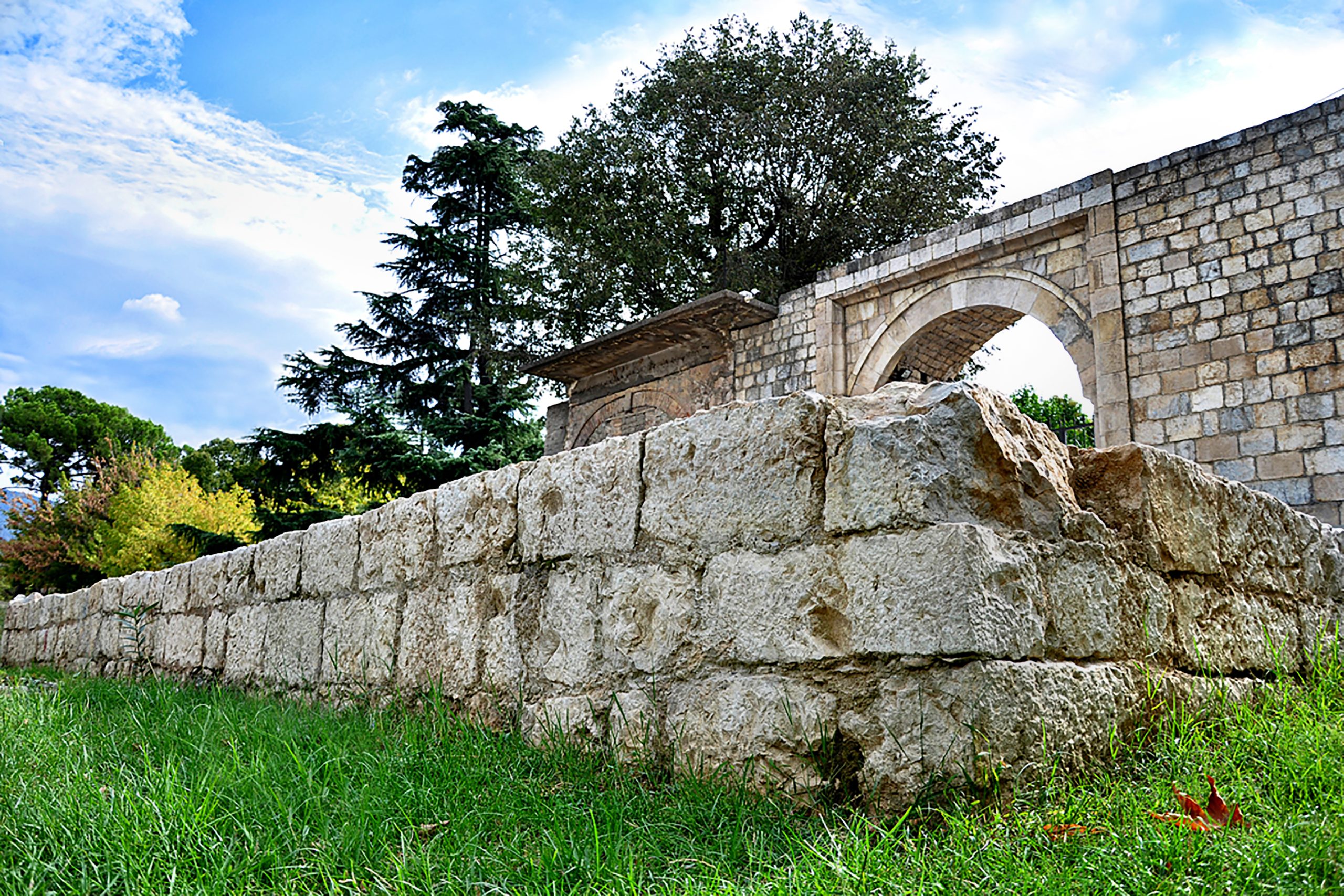TIRANA CASTLE

The castle of Tirana has a rectangular planimetric shape, measuring 160m x 120m. The walls of the first period were built with large stone blocks, cut into rectangular shapes, then the castle got a typical construction form of the Ottoman period. The castle was born and grew together with the city of Tirana. This can be ascertained from the studies carried out in Tabake Bridge where a series of drains belonging to the original city have been discovered. Of the surrounding walls of the former castle, today only a part of the northeastern wall and the original tower remain standing. In 1798 the castle fell into the hands of the Toptani feudal family originating from Kruja. In 1817, the Ottoman governors of Shkodra from the Bushatllin family, in constant war with the Toptani family, surrounded the castle for a long period, destroying a part of it and the city walls. The Toptani family then rebuilt the eastern wall of the city, which consists of a criss-cross parapet with slits for firearms, interspersed with small observation windows. The castle remained in operation until 1832, when it was then destroyed by the Ottoman general Mehmet Rushit Pasha in the measures taken against the anarchy of the great local feudal sovereigns. The castle had a defensive character - fortification using the favorable geographical location. The castle also served as a residential center.
This fort was built by the Roman emperor Justinian I.
Tirana Castle is located in the historical center of the city, in its heart.

Typical civil fortress of the Romano-Byzantine "castrum" type.
The castle was used by the city's leaders to protect its citizens from enemies.
The castle was built during late antiquity, the period of the 6th century AD by the Roman emperor Justinian I, who also gave it its name.
The Toptani feudal family rebuilt the castle at the end of the 18th century and the castle was destroyed by the Ottomans in 1832.



